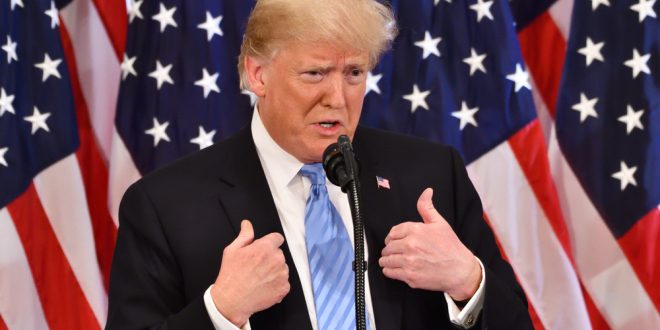President Donald Trump’s recent White House remarks signal a bold pivot in US-Canada trade relations, threatening tariffs while insisting Canadians will embrace the outcome.
Can Tariffs Really Make Canada Love America Again?
With talks underway involving Canadian Prime Minister Mark Carney, this approach revives echoes of past negotiations, promising a “comprehensive” deal covering steel, aluminum, cars, and dairy. Yet, beneath the optimism lies a risky gamble: tariffs might strengthen US leverage, but they often inflate costs and disrupt alliances. This strategy demands scrutiny, as it could either forge a stronger partnership or ignite unnecessary friction.
The Renewed Tariff Push: Echoes of the Past
Trump’s call for renegotiating the USMCA stems from persistent tensions over key commodities. He highlighted natural conflicts in trade, emphasizing a desire to prioritize American-made vehicles and resolve issues like steel and aluminum tariffs. This isn’t new territory—similar measures in 2018 imposed 25% duties on Canadian steel and 10% on aluminum, leading to retaliatory actions from Canada. Fast forward to 2025, and Trump has reinstated 25% tariffs on most Canadian imports, sparing some energy sectors but escalating the stakes. As of August 2025, over 85% of bilateral trade remains tariff-free under USMCA exemptions, but the threat looms large. US-Canada trade hit $771 billion in 2024, with US imports from Canada reaching $421 billion.
This volume underscores the interdependence: Canada supplies critical resources, while the US offers a vast market. Opponents might argue tariffs protect domestic jobs, but evidence from 2018 shows they reduced US manufacturing employment due to higher input costs. Why revisit this now? Trump points to fentanyl flows across the border and unfulfilled compromises, suggesting individual nation deals could outperform the multilateral framework.
Economic Ripples: Who Really Pays the Price?
Tariffs sound like a win for US workers, but the burden often shifts to consumers and businesses. In 2018, steel and aluminum prices rose about 2%, while imports dropped by a quarter, squeezing industries reliant on affordable materials. Today’s actions could amplify this: core goods prices in the US are already 1.9% above pre-2025 trends, hinting at inflationary pressures from disrupted supplies. A majority of US imports are intermediate goods, meaning tariffs hike production costs that get passed along—think higher prices for cars, appliances, and construction. Canada, exporting heavily in steel and aluminum, faces significant hits to its industries, prompting counter-tariffs on US products like those listed in recent measures. While Trump claims Canada will “walk away very happy,” skeptics question this, given the 2024 trade deficit of $73.6 billion favoring Canada. Addressing the counterview, tariffs might encourage domestic production, but they create supply shocks that harm businesses more than they help, as seen in reduced job growth post-2018.
Forging a Path Forward: Beyond the Bluster
Looking ahead, these negotiations could redefine North American trade, but success hinges on compromise over confrontation. Trump mentioned upcoming details on what Canada offers in return, potentially including dairy access and border security. Meetings with figures like China’s President Xi in South Korea add global context, as broader tariffs ripple outward. What needs to happen? A focus on mutual gains—lowering barriers in targeted sectors while addressing security concerns—could prevent escalation. Past events, like the USMCA rewrite, show deals are possible when both sides yield, but repeated threats risk eroding trust. Investors and traders should approach this volatility with reasonable caution, staying fully informed on evolving policies to navigate potential disruptions effectively.
In the end, Trump’s tariff playbook might aim for American primacy, but true progress demands collaboration that benefits both nations without unnecessary economic pain.

 Noor Trends News, Technical Analysis, Educational Tools and Recommendations
Noor Trends News, Technical Analysis, Educational Tools and Recommendations




